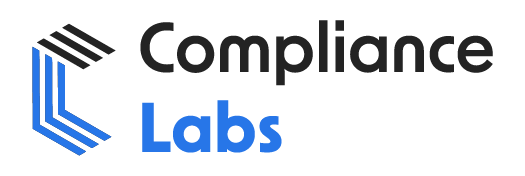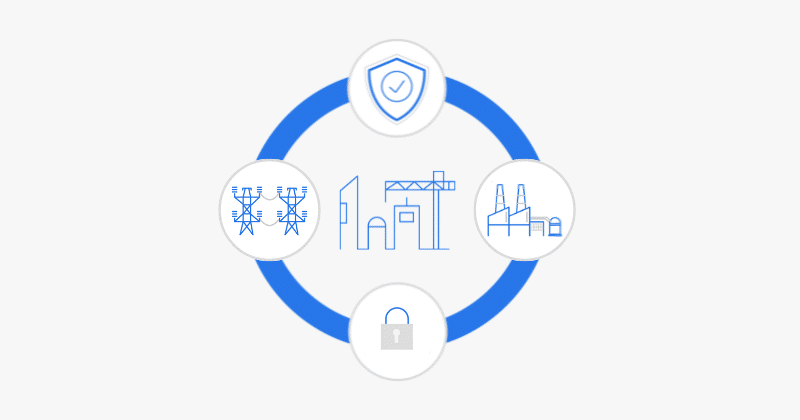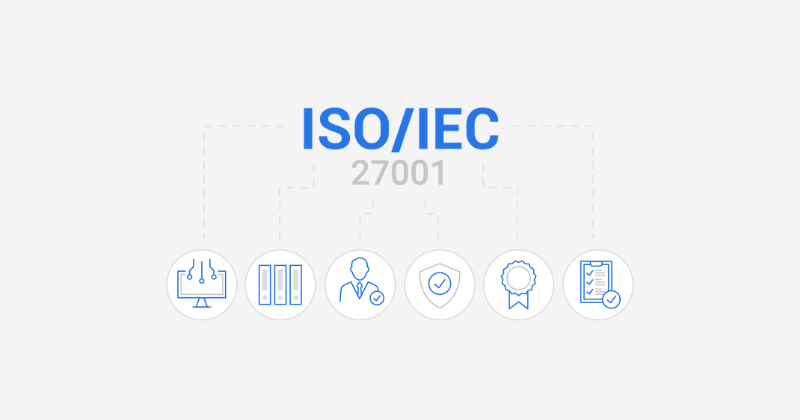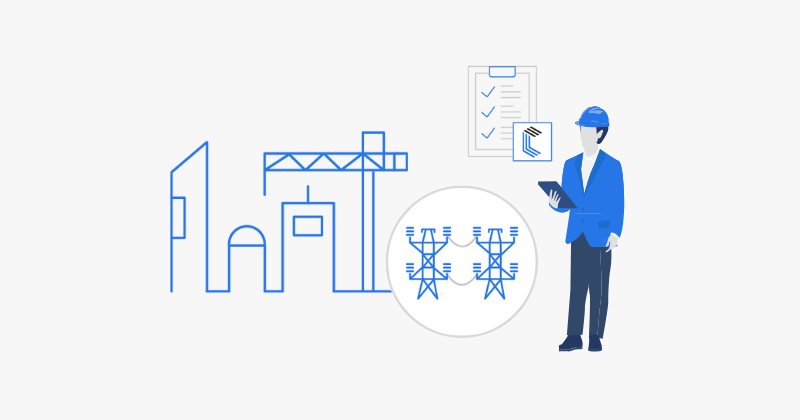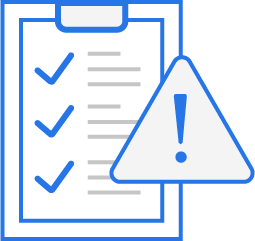Let’s talk straight: Data breaches represent a severe operational and financial risk. You’ve seen the headlines, maybe even felt the ripple effects. That feeling isn’t just paranoia; IBM’s latest published 2024 Cost of a Data Breach Report pegged the global average cost at a staggering USD 4.88 million – up 15% in just three years! In this hyper-connected world, protecting your sensitive information, achieving what we call Data Confidentiality (making sure data isn’t seen by unauthorized eyes), isn’t just good practice; it’s fundamental to survival. It impacts your bottom line, your reputation, customer trust, and your ability to meet legal requirements – areas where robust practices, often guided by frameworks related to NIST ITAM, provide crucial structure.
But here’s the kicker: how can you possibly protect your valuable data if you don’t even know where it all is? Implementing security measures without an accurate asset inventory leads to ineffective protection and blind spots in your infrastructure. You might build strong walls, but if you missed Unidentified or unmanaged devices introduce unmonitored entry points into your environment (an unknown server, an old laptop), your defenses are useless.
This is where IT Asset Management (ITAM) becomes your bedrock. And thankfully, we have Standards like NIST SP 1800-5 provide clear, structured guidance for implementation. While its title mentions the financial sector, trust me, the wisdom inside applies everywhere. Drawing on over 20 years in the cybersecurity trenches, I’ve seen firsthand that getting the basics right, like knowing your assets, makes a world of difference.
This post will break down why ITAM is crucial for data confidentiality, how NIST SP 1800-5 provides a practical blueprint, and most importantly, give you actionable steps to start securing your digital landscape today.
The Big Challenge: Why Flying Blind is So Dangerous
Section 1: The Complex Landscape and Its Hurdles
Think about your organization’s IT environment. It’s probably sprawling, right? Servers humming in data centers, cloud instances spinning up and down, laptops connecting from homes worldwide, maybe even IoT gadgets joining the network. It’s complex! NIST SP 1800-5 actually highlights challenges flagged by financial institutions, but they sound familiar to almost everyone:
Sheer Scale & Variety: Keeping track of every single piece of hardware (laptops, servers, phones) and software (OS, apps, firmware) is a massive headache.
Control Gaps: Partners, contractors, remote workers – they often bring devices or configurations outside your direct control, punching holes in your security baseline.
Siloed Systems: Who controls access? Often, it’s a mix: HR handles identities, IT manages system access, and business units control data access. This fragmentation leads to mistakes and security gaps like “privilege creep” (where users accumulate more access than they need).
Constant Change: People join, leave, change roles; software gets updated; hardware gets replaced. Keeping track manually is slow, error-prone, and often leaves old access active – an open invitation for trouble.
Section 2: The High Cost of Poor Visibility
Without a clear, up-to-date map of your IT assets, Operating without asset visibility significantly increases the likelihood of oversight and undetected vulnerabilities. You can’t:
Pinpoint where your sensitive data actually lives.
Consistently apply vital security controls (like encryption or patching).
Spot rogue devices or unauthorized software sneaking onto your network.
Accurately gauge your vulnerability exposure.
Respond quickly and effectively when things go wrong.
Confidently prove compliance with data protection laws.
The cybersecurity landscape never sits still. We’re now grappling with challenges like Generative AI, which could be used for hyper-realistic phishing attacks or potentially introduce risks if trained on sensitive internal data. The explosion of Internet of Things (IoT) devices continues to dramatically expand the potential attack surface.
Guess what underpins your ability to manage these emerging threats? Solid IT Asset Management (ITAM). Knowing every device, understanding its configuration, and controlling its access becomes even more critical when facing these sophisticated and pervasive challenges. A strong NIST ITAM foundation is key to future-proofing your security posture.
NIST SP 1800-5: Your Practical Blueprint for ITAM
Recognizing these universal struggles, the smart folks at NIST’s National Cybersecurity Center of Excellence (NCCoE) developed SP 1800-5. Yes, it focuses on Access Rights Management (making sure the right people have the right access), but the ITAM capabilities it demonstrates are foundational for any organization serious about security.
Think of it less as a dense government document and more as a set of practical recipes using real-world tools (both commercial and open-source) to build a system that automatically keeps track of who has access to what. This directly strengthens Data Confidentiality by Ensures that access to sensitive data is properly restricted and monitored to prevent unauthorized entry.
Key Capabilities NIST Showcases:
NIST SP 1800-5, along with related projects like SP 1800-28 (which dives deeper into data confidentiality itself), demonstrates how to pull together:
Finding Your Stuff (Asset Discovery & Inventory): Tools that automatically sniff out devices and software on your network.
Keeping Things Configured Right (Configuration Management): Systems that track and enforce security settings on your devices.
Connecting the Dots (ITAM Integration): Bringing information from different places (physical trackers, IT asset lists, security data) into one central view.
Enforcing the Rules (Policy Enforcement): Applying access controls based on roles and device health.
Automating Access Changes (Automated Provisioning): Automatically updating access when someone joins, leaves, or changes roles – consistently across all systems. This is huge for efficiency and security!
Watching for Trouble (Security Monitoring & Analytics): Collecting logs from everywhere and using tools (like SIEMs) to spot suspicious activity (weird logins, unauthorized changes) that could signal a breach.
Patching Smarter (Vulnerability Management Integration): Using your asset list to know exactly what needs patching.
How Good ITAM Directly Strengthens Data Confidentiality?
Effective NIST ITAM isn’t just about tidy record-keeping; it’s a powerful security multiplier that directly guards your data’s confidentiality. Here’s how:
Finding the Crown Jewels: An accurate asset inventory – the cornerstone of effective Asset Management (ID.AM) – helps you map where sensitive data likely resides or travels. This capability is so fundamental it’s explicitly called out in frameworks like the NIST Cybersecurity Framework (ID.AM – Asset Management). You simply can’t protect your most valuable information if you don’t know where it is!
Enabling Strong Defenses:
Patching: Knowing what you have is Step 1 for effective patching (as NIST SP 800-40r4 emphasizes). Patching known vulnerabilities is basic cyber hygiene – Applying security patches is a basic, yet essential, protective measure required for system resilience.. You wouldn’t drive without one, so why leave your systems exposed? ITAM tells you which seatbelts need buckling.
Access Control: Visibility lets you enforce the “Principle of Least Privilege” (giving users only the minimum access needed). Tools mentioned in related NIST guides (like Cisco Duo for MFA) can leverage this asset context.
Secure Configurations: ITAM helps ensure devices stick to secure settings, closing gaps left by misconfigurations.
Targeted Encryption: Knowing where sensitive data lives allows you to deploy encryption precisely where it’s needed most (on specific servers, databases, or file shares).
Spotting Trouble Faster: A solid ITAM database gives your security tools (like SIEMs – Splunk was used in the NIST project) a baseline of “normal.” When something deviates (a strange device appears, unusual access occurs), alarms can sound much faster, enabling quicker investigation and containment before major damage is done.
Nailing Compliance: Regulations like HIPAA, PCI DSS, and GDPR demand proof of data protection and controlled access. ITAM provides the detailed inventory and audit trails needed to demonstrate compliance.
Foundational Setup versus Ongoing Operations & Strategy
Section 1: Building Your ITAM Foundation
Okay, theory is great, but how do you actually do this? Based on experience and the wisdom in NIST SP 1800-5, here’s a practical game plan. Don’t feel you need to boil the ocean; start where you have the biggest gaps.
Get Your Inventory Straight: Ditch the spreadsheets! Implement automated discovery tools to continuously find and catalog all your hardware, software, and cloud assets. Manual tracking just can’t keep up anymore.
Connect Your Tools: Your ITAM system shouldn’t be isolated. Integrate it with:
Directory Services (AD, LDAP)
HR Systems (for automated user updates)
Vulnerability Scanners
Patch Management Systems
SIEM / Log Management
Access Control Systems (Network Access Control, MFA)
Configuration Management Tools
Data Protection Tools
Section 2: Operationalizing ITAM and Strategic Considerations
Automate Access Control: Link your ITAM/HR processes with workflow automation. Ensure access is granted, changed, and (crucially) revoked promptly and correctly when roles or employment status change.
Centralize Your Watchtower: Feed logs from all relevant systems (directories, access tools, ITAM) into your central SIEM for monitoring and anomaly detection. Set up alerts for suspicious activities.
Prioritize Ruthlessly: Use your asset inventory and vulnerability data to focus your patching and security efforts on the most critical assets and riskiest vulnerabilities first.
Embrace Least Privilege (Really!): Regularly use your ITAM data to review who has access to what and trim unnecessary permissions.
Remember Privacy: As NIST SP 1800-28B points out, security tools can impact privacy. Assess these impacts (using frameworks like NIST Privacy Framework) and be transparent.
Start Small, Build Momentum: NIST’s approach is modular. Pick one or two key areas (like automated inventory or integrating patching) and build from there. Progress over perfection!
Foster a Security Culture: This isn’t just an IT task. Everyone plays a role. Good ITAM provides the visibility needed, but fostering awareness about why it matters helps ensure collaboration across teams.
Looking Ahead: AI, IoT, and Why ITAM is More Critical Than Ever
The cybersecurity landscape never sits still. We’re now grappling with challenges like Generative AI, which could be used for hyper-realistic phishing attacks or potentially introduce risks if trained on sensitive internal data. The explosion of Internet of Things (IoT) devices continues to dramatically expand the potential attack surface.
Guess what underpins your ability to manage these emerging threats? Solid IT Asset Management (ITAM). Knowing every device, understanding its configuration, and controlling its access becomes even more critical when facing these sophisticated and pervasive challenges. A strong ITAM foundation is key to future-proofing your security posture.
Conclusion: Know Your Organization Exposition
Let’s bring it home. Data confidentiality is non-negotiable. A breach costs far more than just money – it damages trust built over years. The absolute bedrock of protecting that data is knowing what digital assets you actually possess.
As we’ve explored, guided by practical frameworks like NIST SP 1800-5, effective IT Asset Management isn’t just bureaucratic box-ticking; it’s essential security practice. First, you need to know your digital terrain to defend it effectively. Then, it’s crucial to close off those ‘broken windows’ – the easy entry points – before attackers notice them.
By automating discovery, integrating your security tools, centralizing monitoring, and streamlining access control, you dramatically reduce your risk and build a much stronger defense. It takes effort, but the peace of mind and tangible risk reduction are worth it.
Ready to gain control over your assets and bolster your data confidentiality? You don’t have to go it alone.
